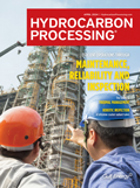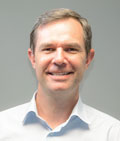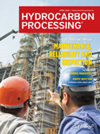Viewpoint: Asset performance management: Into a new era of organizational memory
It is often said that knowledge is power. But in high-risk sectors, such as the marine and oil and gas industries, knowledge is fundamental to even more important things: safety and reliability.
IP: 3.22.119.251
The Author
Stuart, J. - Lloyd's Register,
Jim Stuart, Senior Vice President—Digital at Lloyd’s Register, outlines current and future challenges for asset owners and operators in the energy and marine industries and how technology will change the way knowledge is captured, stored and used across organizations for the better.
From the Archive







Comments